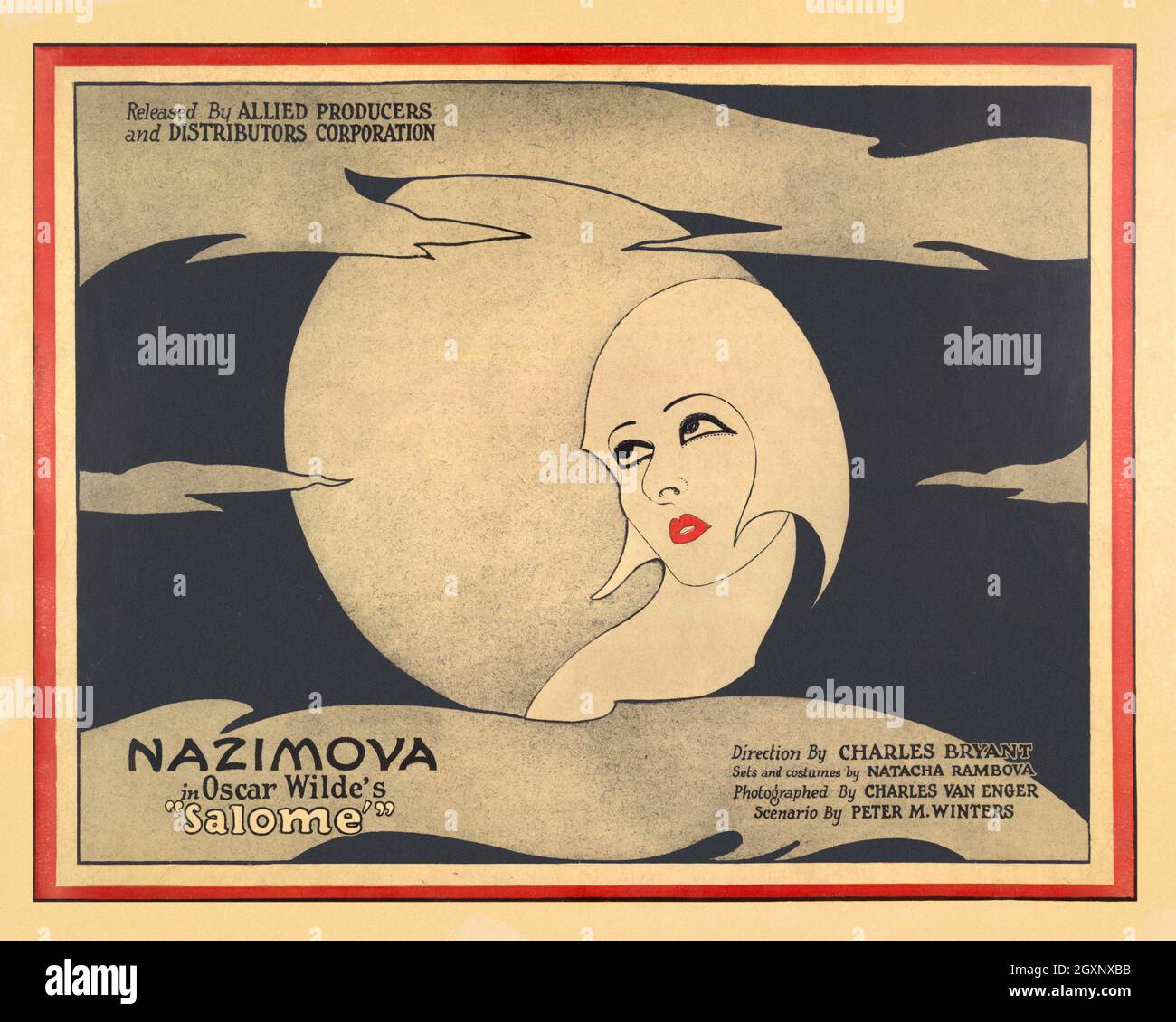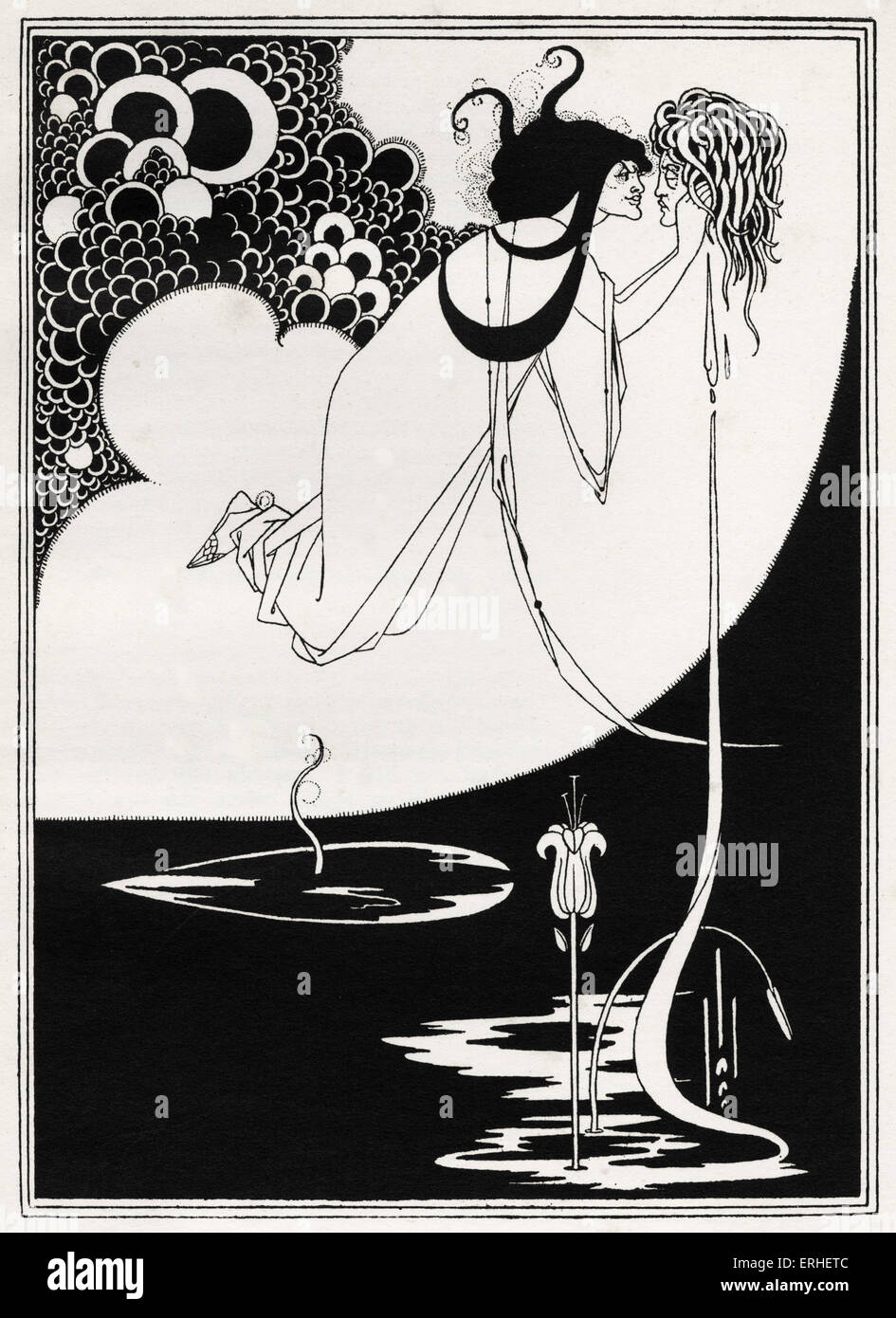

Yet if Jokanaan denies the possibility of a reader understanding a symbol, Salomé deliberately tempts her prospective “reader” with the false promise of knowledge. The First Soldier notes early in the play that “it is impossible to understand what says” (199), quickly establishing Jokanaan as an object of failed analysis later, Jokanaan himself rejects his potential “reader” Salomé’s efforts to understand his words, stating that “t is not to her that would speak” (206). Jokanaan represents the unreadable written word, the enigmatic symbol that deliberately rejects attempts at interpretation. Like Wilde’s language itself, they both demand interpretation and push it away other characters clamor for an almost authorial knowledge of these character-symbols, seeking to understand their words and “see” them fully (199), while the character-symbols recognize their allure as textual objects and manipulate it in their interactions with others. The play’s characters likewise serve as symbols to be interpreted and artistic objects to be analyzed, doubling as independent texts situated within the larger text of Wilde’s play. One example is that of the Jews, who fail to reach an agreement on whether “God is…hidden” and “how God worketh,” instead offering multiple conflicting “readings” of an opaque, text-like deity (215).

To match this writing style that seems to beg for interpretation, many episodes within the play can be viewed as exercises in literary analysis, seeking to interpret yet never achieving consensus or clear understanding. The images of doves (195), flowers (200), and “a woman who is dead” (195) reappear throughout the text, referring both to Salomé and to other characters and entities (for instance, the moon) likewise, the various characters’ admonitions to one another “not to look at” Salomé are repeated so often that they are nearly hypnotic (200). On a linguistic level, individual words and even full sentences recur with only slight changes, spoken by a variety of characters as a result, they seem to transcend their immediate contexts and take on symbolic meanings, calling for analysis in order to be understood. The concept of textual interpretation is enmeshed in Salomé’s structure and plot. This push-and-pull effect can be found throughout Salomé, making the analogous activities of interpretation and reading subjects of serious inquiry. Despite his view that the interpretation of textual “symbols” is dangerous, Herod’s remark simultaneously invites interpretation of its meaning and metaphors. It were better to say that stains of blood are as lovely as rose petals.

As he attempts to persuade Salomé to dance for him, Herod lapses into a moment of commentary on reading and interpretation: “It is not wise to find symbols in everything that one sees.


 0 kommentar(er)
0 kommentar(er)
